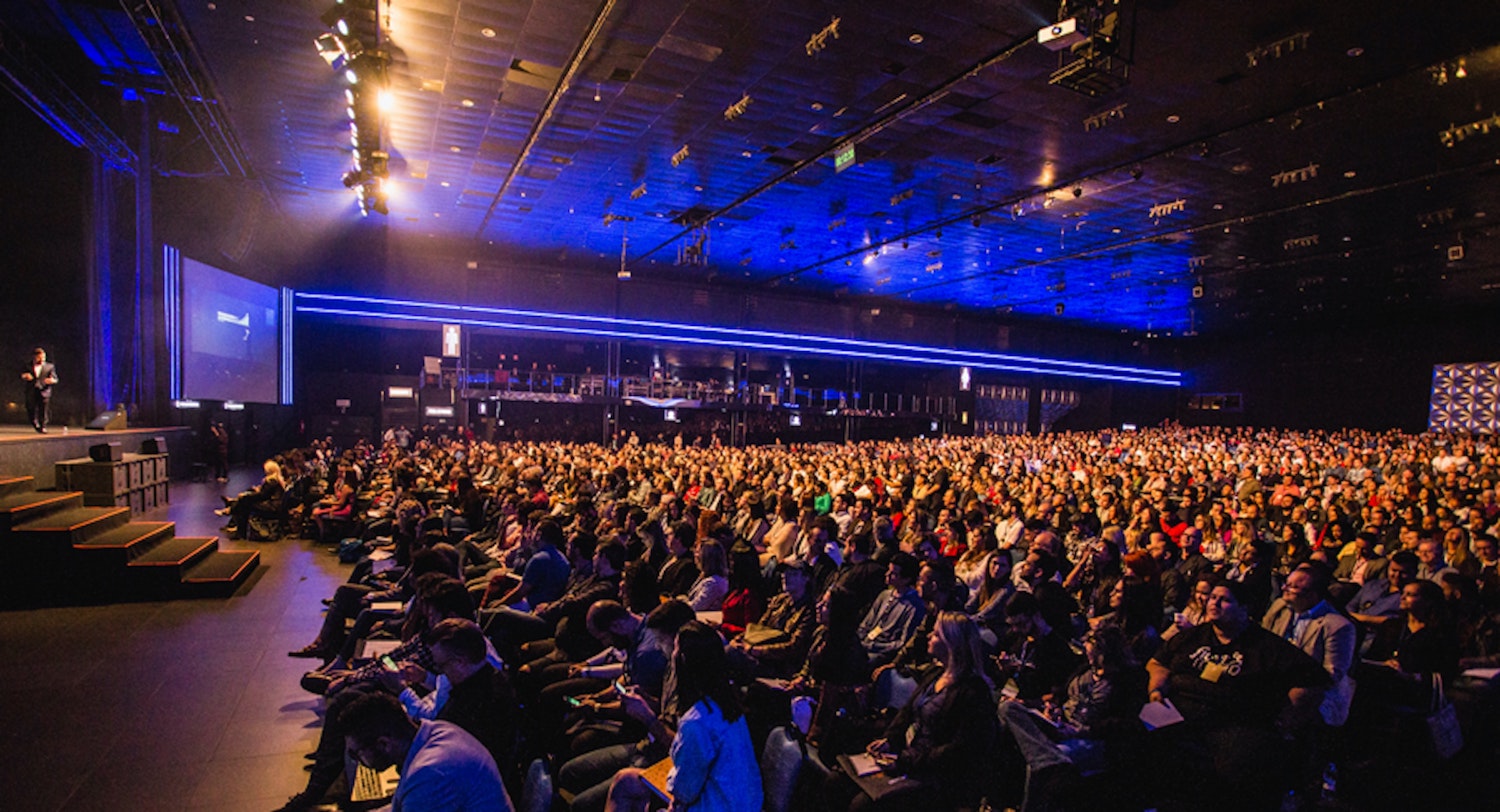My favorite part of my current role is getting to facilitate Design Thinking workshops for clients. Over the years, I’ve facilitated dozens of these workshops all over the country and, these days, over Zoom calls. I am also very much an introvert. So how do I routinely facilitate workshops with somewhere between 10 and 30 attendees?

Photo by Elena Koycheva on Unsplash
Being an introvert doesn’t automatically mean you’re shy, dislike working in groups, or have a fear of public speaking. For me, being an introvert means group activities and outings take more energy from me, and spending some time alone doing things like reading helps me to recharge. In the context of design workshops, I love running them, but they are exhausting in the very best way. Over the years, I’ve found ways to minimize that exhaustion as a facilitator and deliver great experiences for my clients. Whether you are an introvert or an extrovert, you’ll find these tips useful for running your next workshop.
It’s About Your Audience
Let’s say you’re about to deliver your first Design Thinking workshop at Mindset. This means you’re probably spending at least six hours a day, for the next four days, facilitating workshop sessions. How are you going to talk in front of a group of people for 24 hours? You’re not.

Photo by Samuel Pereira on Unsplash
One of the most freeing things to understand as an introvert is that, as a facilitator, the workshop is not about you. You’re not giving a 6-hour presentation every day of the workshop. In fact, you should be aiming to talk as little as possible. As the facilitator, it’s your job to get other people talking. When I lead workshops, I’m not there to tell my clients how their business works and what they should be doing differently. My goal is to get a cross-functional team in the room to share their expertise and work together to understand processes, customers, and current challenges to determine how we can create a better future. For me, understanding what my role was as the facilitator helped to ease some of the anxiety I would feel before and during workshops.
Come With a Plan
Benjamin Franklin once said, “By failing to prepare, you are preparing to fail.” Amelia Earhart was quoted as saying “Preparation, I have often said, is rightly two-thirds of any venture.” Despite being cliches, there’s a reason why there are a lot of quotes about the importance of preparation. Having a clear plan going into a workshop is another way to bolster your confidence, while also providing a better experience and outcome for your workshop attendees.

Photo by Estée Janssens on Unsplash
For me, I try to set high-level topics for each day of the workshop and then build in activities that will help encourage the right discussions. Here is a sample agenda for a four-day workshop:
Day 1: Intros and Demos
- Team Intros
- What is Design Thinking?
- User Demos
- Research Recap
Day 2: People and Processes
- Warm-up Exercise: Headlines From the Future
- Process Mapping
- Personas
Day 3: Ideation and Sketching
- Warm-up: What’s your favorite app?
- Crazy 8’s
- Sketching
Day 4:
- Review wireframes
- Refine our ideas
- Celebrate our success!
At Mindset, I’ve created physical templates for these activities for our in-person workshops, and Mural templates for our virtual workshops. Being prepared puts me and the workshop attendees at ease, and allows us to focus our energy where it’s needed.
Practice
If you’ve ever worked with me or come across any of my previous blogs or webinars, you’ll know I’m always learning. I’ll often toss out links to articles, conferences, or books I’ve read from which I’ve learned a lot. In between workshops, I’m always looking for ways to incorporate these learnings into my role as a facilitator. And while all of this continuous learning is excellent, and a habit I’d highly recommend to anyone in any profession, it’s no substitute for actually getting out there and doing the thing.

Photo by Jonathan Chng on Unsplash
Outside of work, I’m an avid skier. I’ve watched coaching videos, and edits of pro skiers, and read up on the latest gear. But that’s all theory. It helps, but it can’t match getting on the mountain and getting some laps in. As it turns out, the same is true for running workshops. All of the books and YouTube videos you might watch contribute to that “preparation” tip I gave above. To truly get better, however, you’re going to have to roll those learnings into your next workshops by trying a new activity or warm-up exercise with your participants. With each workshop, you’ll get a little more comfortable, and ready to handle whatever twists and turns come up.
Conclusion: Preparing for a design workshop
I hope these tips can help facilitators the way they’ve helped me grow over the last several years. Particularly for those introverts out there, don’t let that stop you from running design workshops if it’s something you want to do. If you build agendas to engage your audience, create templates and activities to spur engagement, and have the willingness to leave your comfort zone and just run that first workshop, you may have an amazing experience that you can build on over time. Just remember, if you are an introvert, you might want to plan for a pretty low-key weekend after running a workshop. You’re going to be tired from a job well done, so relax and get ready for the next one.
If you are interested in viewing similar articles, visit our blog, here.
View our LinkedIn, here.